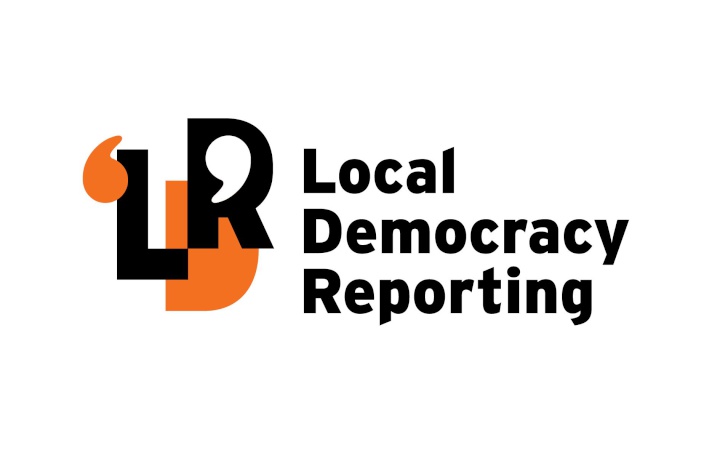It’s been a long and bumpy road, but Tasman’s long-signalled speed limit reductions are finally on their way.
Several local communities across the district have been seeking lower speeds through their areas for many years.
However, Tasman’s speed plan – informed by more than 2200 public submissions, approved by the council, and certified by the New Zealand Transport Agency – was invalidated by a Government rule change last year, forcing the council to re-consult the community on the changes.
Elected members received the second round of feedback from 303 submitters on Thursday.
The first round of changes, which target the base speed limits outside rural schools, high-risk rural roads, and Richmond’s McShane Road and Lower Queen Street, were unanimously approved.
However, some raised concerns about the level of opposition to some of the proposals, particularly the reductions from 100km/h to 80 along the Motueka Valley and Moutere Highways.
The two local highways are some of the most crash-prone roads in the district.
Councillor Brent Maru said he was “struggling” with the idea of approving the changes that were largely opposed by the most recent submitters, especially given several of the crashes on those roads had occurred when drivers were travelling above the current speed limit anyway.
Senior transport advisor Bill Rice acknowledged that lowering speeds wasn’t a “silver bullet” that would prevent every crash, but the reductions would still improve safety.
“The evidence is really clear that reducing the speed limit reduces the average speed and so has some really good safety benefits. It doesn’t always reduce the average speed from 100[km/h] to 80. It might reduce it from 105 to 95, or something like that.”
Mayor Tim King also highlighted that drivers’ average speeds along those two routes were already closer to 80km/h than 100.
“People are already driving probably closer to what's being suggested.”
Councillor Celia Butler added that the 300 submissions needed to be taken in the context of the 2200 already received on the same topic.
In the earlier round of consultation, reducing speed limits on Tasman’s high-risk rural roads generally received high levels of support.
Organisations including the Police, Automobile Association, Ministry of Education, local community associations, and schools also broadly supported the reductions.
Transportation planning advisor Jane Murray added that improving safety on the district’s high-risk rural roads without lowering the speed limit would need “extensive” and “costly” upgrades.
The changes are expected to be implemented from the July school holidays, when some mandated variable speed limits outside of schools will also be enacted.
Deputy mayor Stuart Bryant welcomed the end to a long process.
“I've previously had constituents die while we’re waiting for the speed limits on their roads to come [down].”
He pointed to the decrease in fatal and serious crashes on State Highway 6 between Nelson and Blenheim as evidence that lower speeds reduced harm.
There were four fatal and 12 serious crashes on the route in the 19 months prior to its speed limit being reduced in December 2020.
In the 44 months following the reduction, there were just two fatal and five serious crashes.
“If we save one life – or more, hopefully – it's a huge saving to the community,” Bryant said.
Councillor Christeen Mackenzie asked if there was anything else that could “possibly go wrong” in implementing this round of reductions.
Murray said that all speed limits except one were in line with the Government’s speed limit rule.
The exception was an extension of the current 30km/h zone on Wakefield’s Edward Street to Pitfure Road and would require an exemption from NZTA’s director of land transport to be implemented.
“Fingers crossed on that. It makes absolute sense what we’re proposing,” Mackenzie replied, adding that it would be “crazy” for someone in an office elsewhere in the country to make a different decision on a local issue.
At its 9 May meeting, the council is expected to approve a second round of consultation on speed limit reductions for rural residential roads, narrow, winding, and unsealed roads, urban roads with no footpaths, and other specific roads.
Local Democracy Reporting is local body journalism co-funded by RNZ and NZ On Air.



 Gordon Campbell: On The Left’s Electability Crisis, And The Abundance Ecotopia
Gordon Campbell: On The Left’s Electability Crisis, And The Abundance Ecotopia NZ Police: New Zealand Police team up with Z Energy, NZTA and ACC to remind Kiwis to drive safe this Easter
NZ Police: New Zealand Police team up with Z Energy, NZTA and ACC to remind Kiwis to drive safe this Easter NZCAST: NZCAST Leads Ongoing Cross-Agency Collaboration To Break Down Barriers For Survivors Of State Abuse
NZCAST: NZCAST Leads Ongoing Cross-Agency Collaboration To Break Down Barriers For Survivors Of State Abuse Regional and Unitary Councils Aotearoa: Regional And Unitary Councils Back A Practical FWFP System
Regional and Unitary Councils Aotearoa: Regional And Unitary Councils Back A Practical FWFP System NZ Government: Stay Safe On Our Roads This Easter
NZ Government: Stay Safe On Our Roads This Easter YWCA: Global Push Back Against Gender Equality A Growing Crisis In Aotearoa
YWCA: Global Push Back Against Gender Equality A Growing Crisis In Aotearoa Te Pāti Māori: Ngarewa-Packer - Fast-Tracking Seabed Mining Ignores Māori Opposition And Environmental Precedent
Te Pāti Māori: Ngarewa-Packer - Fast-Tracking Seabed Mining Ignores Māori Opposition And Environmental Precedent


